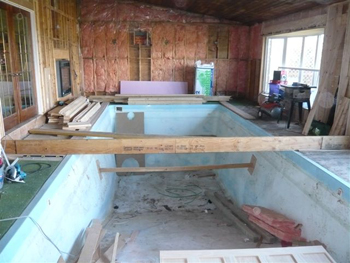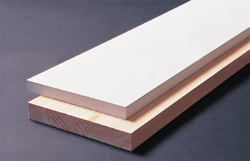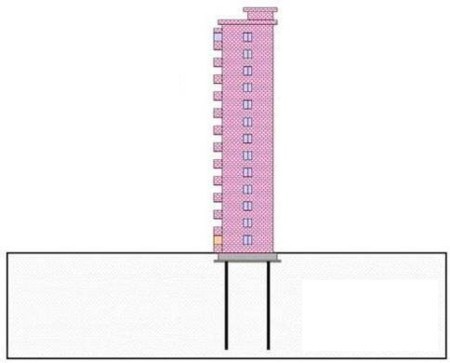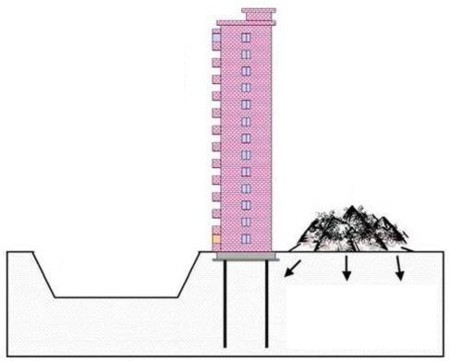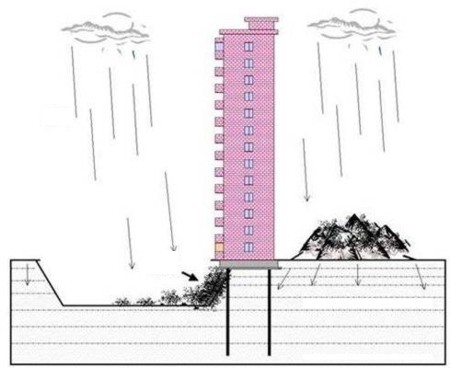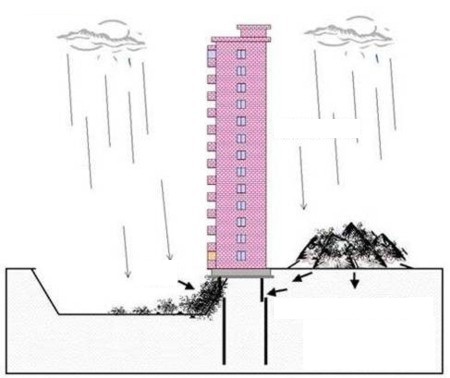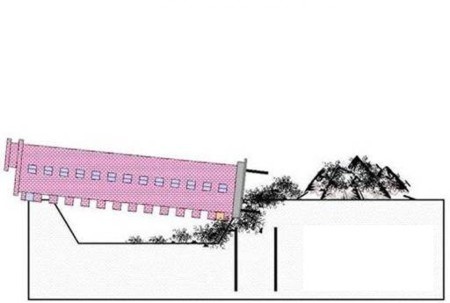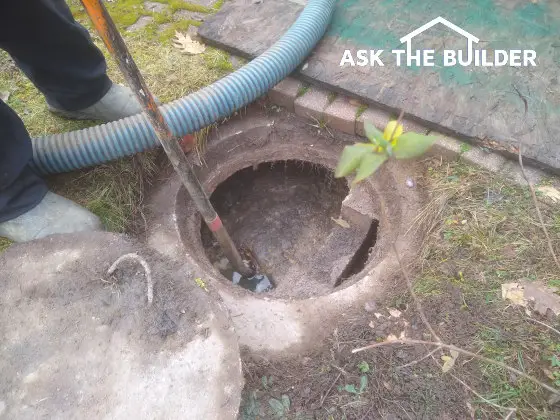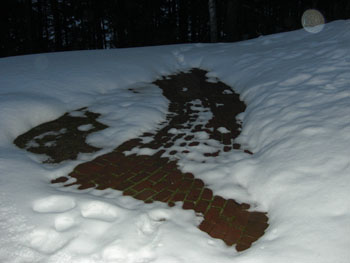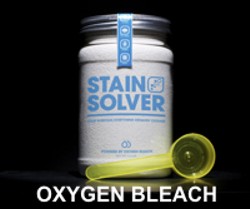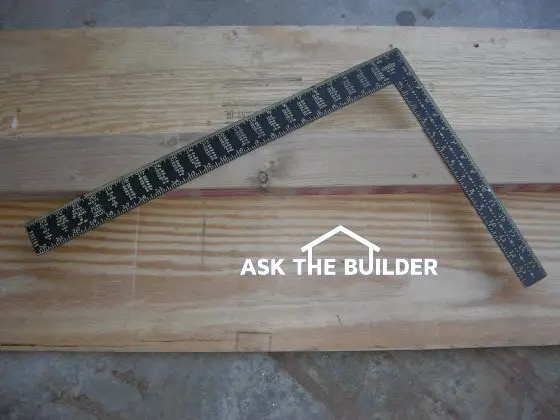What's in This Issue?
Latest News
Every Other Day Q and A
Hole Pro Hole Saws
Sears Snowblower
Septic Tanks and Cleaning Tip
Recent Columns
Fire Pit
I do product reviews frequently. Please read my Disclosure Policy to understand the relationship between me and the companies that make the products or offer the services I review.
Friendly Question Reminder!
If you have a question for me, don't hit the Reply button just yet. Go immediately to my web site and type in the keywords about your problem into my Search engine. The search box is at the top of every page of my web site. You could have your answer in seconds if you do this! Please pay attention to all links you see at my web site. The exact products and services you often need are right in front of you, and you might be ignoring them.
Latest News
I'm really energized! I have all sorts of things going on up here in New Hampshire. The weather has been gorgeous. We've had a string of gorgeous days up here in New Hampshire. Here are some photos I've taken over the past few weeks.
You may also enjoy this video about the lake below my house and and this video taped just after it.
I'm working hard on several projects at once, but the biggest news is about my Stain Solver business. Just two weeks ago, we went through a huge growth spurt. I turned over the packaging and fulfillment of the product to a fantastic company in Cincinnati that can really handle huge volume. You and I are going to put them to the test with this issue. Read below about Septic Cleaning.
In addition, we're completing testing of a new shopping cart for AsktheBuilder.com. I've never been happy with the cart I currently have, and my team members, I believe, have discovered an amazing cart. I hope to unveil it in the next few weeks after we finish testing it.
And for the really big news ...... !
Every Other Day Q and A!
I get nearly 100 questions a day at the AsktheBuilder.com website. Ellen, who's worked for me for nearly 15 years, has been trained to answer many of the routine and repetitive questions we get. She sends on to me the ones that she feels need a little more polish. Can you see where this is going?
Beginning next week, you'll be able to sign up for a FREE email notification, just like this newsletter, where every other day I'll send to you a single short tip that could end up saving you thousands of dollars a year and many hours of frustration.
You'll read a real question sent in my someone just like you, and then my answer. These will be succinct Q and A's that should take you less than a minute to consume. When possible, I'll include links to relevant columns or videos of mine back at the website. Remember, this costs you nothing, Nada, Nyet.
A homeowner just around the corner or across the nation may be having the same problem you have, and now you'll get the answer delivered to you at NO COST and with virtually no effort. You'll just have to sign up for this new service next week. As a bonus for signing up, I'm going to share with you the Top Five Home-Improvement Tips of all Time. These are frequently overlooked and under appreciated tips. You'll get these the moment you confirm your subscription to this neat new AsktheBuilder.com feature.
Remember, I'll give you the link to the sign up for this NEXT WEEK.
Hole Pro Hole Saws
Just before Christmas, I get flooded with press releases and tools to test because manufacturers are competing for your limited spending dollars. One of the tools that came, but I was unable to test because of time constraints, was a boxful of amazing hole saws and a unique tool that lets you cut larger holes in drywall while capturing all or most of the dust. These tools are made by a company owned by women and run primarily by women I was told by Peggy Rader. I'm pretty certain Peggy is the President.
It shouldn't surprise you that even hole saws can benefit from intelligent design. Peggy and her team seem to have developed hole saws that are perfectly matched for any drill, including cordless drills. If you've ever used an older hole saw with a cordless drill, you know the friction created by the hole saw rapidly sucks the life from the cordless-drill batteries. These new hole saws from Hole Pro create much less friction.
You really want to look at their Power X-230 tool. This is the one that has the clear plastic shield that allows you to cut a perfect hole in a drywall or plaster ceiling with none of the dust cascading into your eyes or onto the finished things below you. I can't tell you how I wish I would have had this tool years ago. You'll not be disappointed with these hole saws.
Sears 24-Inch Snowblower
This may not appeal to you if you're living where Mother Nature doesn't pummel you with frozen water. Here in New Hampshire, snow and ice are as common from November to sometimes May as sugar sand is found on the splendid beaches of Siesta Key in Sarasota, Florida.
I recently had the chance to test the Sears 24-inch dual-stage snowblower. This is a dandy machine. I LOVE the new control that allows you to easily point the chute to where you want the snow to go. The blower starts easily, it's simple to operate and it really gobbles up snow.
If you don't like to use the pull starters where you yank a handle attached to a rope, no problem! This bad boy comes with an electric starter just like your car. You attach an extension cord and just push a button until the motor starts. Sweet!!!!
You're going to love this snowblower. I can assure you of that.
Septic Tanks and Cleaning Tip
Tens of millions of people here in the USA and all across the world use septic tanks to dispose of waste from their homes. City sewers simply can't be run to every house in the land.
Think about how fast something decomposes when it's exposed to the air. Many microorganisms are able to break it down. But in a septic tank, these small creatures can suffocate as the breakdown of the waste creates different gases like methane, that drive out the oxygen from the water in the tank. These helpful microorganisms are delivered into the tank regularly when you flush your toilet, but they don't last long.
All that's left in the tank are anaerobic (absence of oxygen) bacteria to do the dirty work. Imagine how thorough and fast the breakdown would be if you introduced oxygen into your tank every week. This is exactly what happens with certain septic systems where there's not room for a leach field. They're called aerobic systems. An electric pump injects air into your septic tank while an impeller spins whipping the water and waste in the tank like a blender on your kitchen counter. That's great if your tank is set up this way, but millions are not.
My Stain Solver can add the oxygen to your tank if you don't have an aerobic system! Each week, add one-half cup by pouring it into your toilet bowl and then flushing it down to the tank. Flush twice in a row to make sure all the powder makes it into the tank as rapidly as possible. The tank then gets a huge shot of beneficial oxygen on a regular basis. Pretty cool!
P.S. My 16-pound size is perhaps the best bargain for this use.
Recent Columns You Must Read!
DIY Attic Insulation
Ceramic Flooring Tile
Workbenches
Gutter Repair
Myth Busting the Famous Loretto Staircase!!
Tim Carter's Fire Pit
Are you a new subscriber in the past month or so? If so, you may be interested in visiting my FirePit so you and I can discuss the Constitution, Reckless Out-of-Control Spending and many other topics. I was in Washington, DC on September 12, 2009, a day that will absolutely be talked about in future history books. That should say it all.
AsktheBuilder.com
